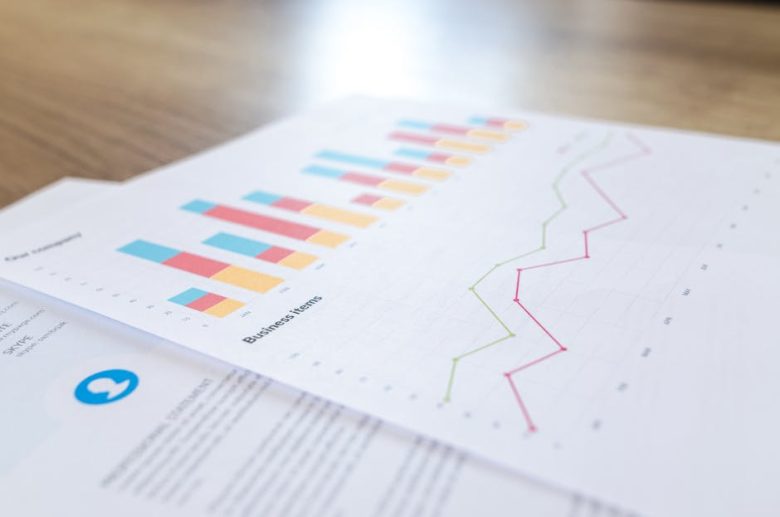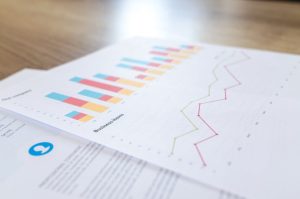As we wake up each morning, our lives are woven into a fabric of convenience, comfort, and, unfortunately, plastic. From the moment we sip our coffee from a plastic-lined cup to the last minute of the day when we scroll through our phones, we are surrounded by materials that are both a blessing and a curse. While plastic has revolutionized industries and made our lives easier, it has also created an environmental crisis that we can no longer ignore. The truth is, our addiction to plastic is not just a personal choice; it’s a global dilemma that affects every creature on this planet.
Every year, an estimated 300 million tons of plastic are produced worldwide, a staggering figure that continues to rise as demand for convenience grows. This addiction is not merely an environmental issue; it’s a human one. The reality is that plastic pollution is infiltrating our oceans, our wildlife, and even our bodies. Microplastics have been found in the air we breathe and the water we drink, leading to growing concerns about their health effects. As we delve deeper into this crisis, we must confront the uncomfortable truth: our love affair with plastic is poisoning our planet and ourselves.
The first step in addressing our plastic addiction is understanding its origins. Plastic was first introduced in the early 20th century as a marvel of modern engineering, heralded for its versatility and durability. However, the convenience it offers has led to a throwaway culture where single-use plastics dominate our daily lives. Items like straws, bags, and bottles are used for mere minutes yet can take hundreds of years to decompose. This disconnect between convenience and consequence is at the heart of our plastic problem, and it demands our urgent attention.
As we examine the impact of plastic pollution, the statistics can be staggering. According to the United Nations, approximately 13 million tons of plastic end up in our oceans each year. This has dire consequences for marine life, with countless animals becoming entangled or ingesting plastic debris. The Great Pacific Garbage Patch, a massive floating collection of plastic waste, serves as a haunting reminder of our negligence. It’s not just an environmental issue; it’s a moral one. We have a responsibility to protect our planet and its inhabitants, and that requires a fundamental shift in our relationship with plastic.
Yet, amidst the concern, there is hope. A growing movement towards sustainability is underway, with individuals and organizations taking action to reduce plastic usage. Innovative alternatives are being developed, from biodegradable materials to reusable packaging solutions. Communities are rallying together for clean-up initiatives, raising awareness about the importance of reducing plastic waste. Each small action contributes to a larger wave of change, proving that collective efforts can yield significant results.
As we stand at this crucial juncture, we must ask ourselves: what kind of legacy do we want to leave for future generations? The fight against plastic pollution is not just about preserving the environment; it’s about safeguarding our health, our wildlife, and our planet. By making conscious choices today, we can turn the tide on plastic pollution and pave the way for a cleaner, healthier world.
In conclusion, our plastic addiction is a complex issue that requires immediate and sustained action. While the challenges are daunting, the power of collective change is undeniable. As we navigate this crisis, let us remember that the choices we make today will shape the world of tomorrow. By embracing sustainable practices and advocating for change, we can transform our relationship with plastic and create a future that is not only viable but vibrant. The time for action is now; together, we can rewrite the narrative of our plastic addiction into one of hope and resilience.



